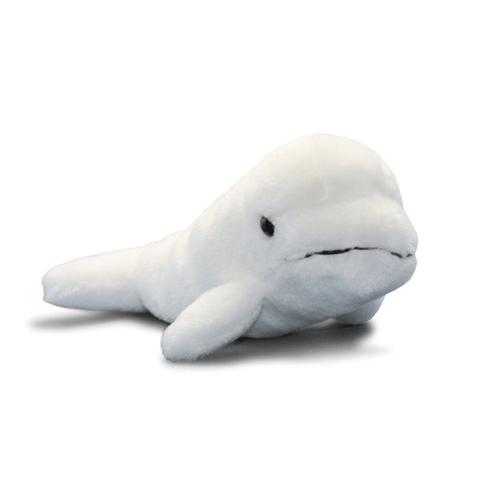Your Mission, Should You Chose to Accept It…
Welcome back to our year-long operation to engage Canadians in supporting wildlife and habitat conservation – Mission Biodiversity!
Your mission this month is to help protect habitats and wildlife from another one of the five biggest threats to biodiversity — pollution. Pollution is the introduction of harmful materials into the environment at a rate that causes adverse changes. There are many different types of pollution, such as land, air, water, noise, and light. Since this is a lot to cover, we’ve focused on water pollution for this mission.
Your mission is to reflect on why healthy waters matter, discover how we are connected to water, explore the impacts of pollution on aquatic wildlife, and investigate how you can prevent pollution from making its way into our waterways and oceans.
Part 1: Reflect on Why Healthy Waters Matter

The water cycle continuously moves water between the land, atmosphere, and oceans. Water evaporates from the ocean, falls as rain, and flows into rivers and lakes. Watersheds and drainage basins direct this water back to the ocean. Regardless of whether you live on the coast or thousands of kilometres inland, the water you see in your community will eventually return to the ocean!
Let’s start by reflecting on why healthy waters matter. In this activity, you’ll create a mind map to explore your connections to the ocean and the benefits of healthy oceans for humans and ecosystems.
Discover Your Ocean Connections — Get the activity
Next, let’s dive deeper and explore our connections to all water bodies by identifying our location on a map and tracing the path that water takes from our communities to the ocean.
Your Path to the Ocean — Get the activity
Part 2: Explore the Impacts of Pollution

While this month’s mission focuses on water pollution, it’s important to remember that pollution affects land and air as well.
So where does water pollution come from? Use this resource sheet to examine various sources of pollution, then learn about how these pollutants make their way into our waterways with this active simulation game where participants work in teams to deliver clean water from an inland community to the ocean.
Clean Getaway — Get the Activity
Next, let’s explore how pollution impacts people and wildlife. Watch the above video about water pollution, then reflect on the following questions:
- What is one thing you remember from the video?
- How do you feel after watching the video?
- What impacts can water pollution have on wildlife?
- How are you affected by water pollution?
Part 3: Prevent Pollution

Now that we understand where pollutants come from and how they affect people and wildlife, let’s look around our own neighbourhood for sources of pollution. Follow these steps to complete a pollution audit of your home, school, or community:
- Print out this Pollution Potential Pollution Potential table and distribute to learners. You can do this activity in small groups or one large group.
- Tour your home, school, or community and fill out the table with potential sources of water pollution. Record the pollution source, the impact it could have on people and wildlife if it reaches a waterway, and ideas about how to prevent it becoming a source of water pollution.
- Sort the sources of pollution you found into categories, such as chemicals, litter, sewage and wastewater, light, noise, thermal, and natural processes.
- Discuss your findings with others and brainstorm some ways that you can prevent pollution from travelling from your community to oceans, lakes, or rivers.
- Pick 1 or 2 ideas and put them into action together!
Here are some ideas to get you started:
- Use water responsibly and conserve it where you can.
- Organize a shoreline cleanup in your community. Here is a helpful guide!
- Visit your municipal website or recycling center to learn how to safely dispose of household items that are harmful to the environment.
- Celebrate and learn about oceans, lakes, and rivers with Rivers to Oceans Bingo
International Environmental Education Day is celebrated on January 26 each year and is an opportunity to raise awareness among young people about the role they can play in protecting our planet. Consider sharing photos and stories from the actions you took during this mission with your school or community — perhaps a presentation at your school or an article in your local newspaper. Sharing your stories is a great way to inspire others to help protect our planet and celebrate International Environmental Education Day!
You can also support Canada’s aquatic wildlife and habitats by adopting one of our beluga whale stuffies. Predators like beluga whales are near the top of the food chain, so contaminants and microplastics tend to accumulate in their bodies as they consume smaller organisms that have already been affected. This is called bioaccumulation. This makes them especially vulnerable to the cumulative impacts of pollution. To learn more about beluga whales, visit www.hww.ca

Mission Complete!
Once you and your students have completed this mission, you can download our printable page of mission badges in recognition of their learning. Pass these badges out to students to mark their progress throughout Mission Biodiversity and celebrate the actions they are taking in support of wildlife!
Want to stay up to date with Mission Biodiversity? Sign up here to receive the next mission right to your inbox!




